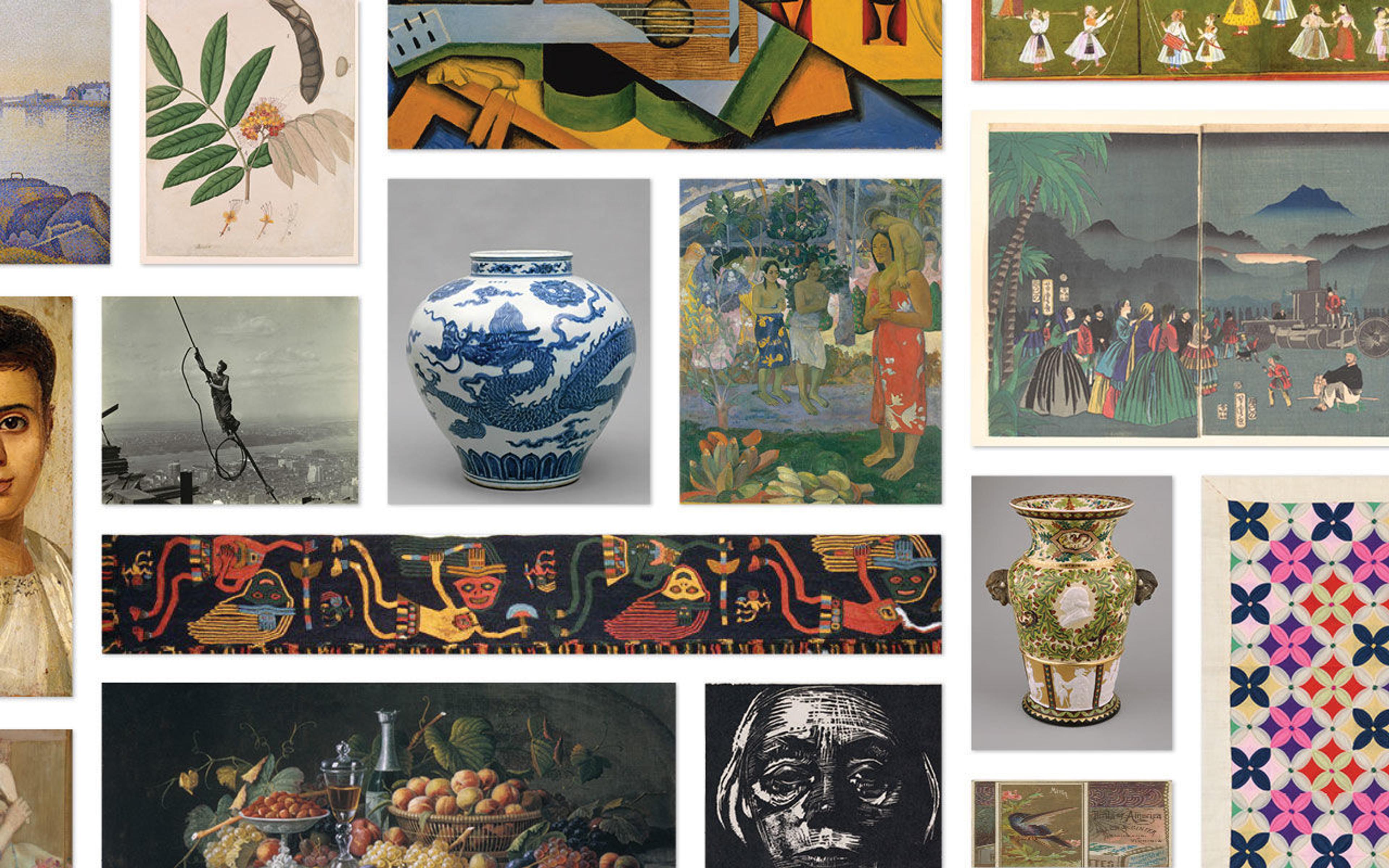«As of today, all images of public-domain works in The Met collection are available under Creative Commons Zero (CC0). So whether you're an artist or a designer, an educator or a student, a professional or a hobbyist, you now have more than 375,000 images of artworks from our collection to use, share, and remix—without restriction. This policy change to Open Access is an exciting milestone in The Met's digital evolution, and a strong statement about increasing access to the collection and how to best fulfill the Museum's mission in a digital age.»
The Met has an incredible encyclopedic collection: 1.5 million objects spanning 5,000 years of culture from around the globe. Since our audience is really the three billion internet-connected individuals around the world, we need to think big about how to reach these viewers, and increase our focus on those digital tactics that have the greatest impact. Open Access is one of those tactics.
The images we're making available under a CC0 license relate to 200,000 public-domain artworks in our collection that the Museum has already digitally catalogued. This represents an incredible body of work by curators, conservators, photographers, librarians, cataloguers, interns, and technologists over the past 147 years of the institution's history. This is work that is always ongoing: just last year we added 21,000 new images to the online collection, 18,000 of which relate to works in the public domain.
To help find these images on our website, we've added a feature that allows users to filter searches to only those works that we believe are public domain; all of these Open Access images are marked with the CC0 logo on their respective object page.

Alongside the images, we're also making available under CC0 each artwork's key information, otherwise known as tombstone data—title, maker, date, culture, medium, and dimensions—on all 440,000 artworks that the Museum has digitized to date; this data is now available as a downloadable file on GitHub. By making this information available in a clear, machine-readable format, we are making it easier for the world to search for, play with, and explore the breadth and depth of the Museum's collection. (We don't yet have an API, but we're working on it!)
Enabled by the Museum's move to open access, we also announced today a series of major new partnerships—with Creative Commons, the Wikimedia community, Artstor, the Digital Public Library of America, and Pinterest. We'll be blogging about these partnerships in the coming weeks, but one aspect I'm particularly excited about is that we currently have a Wikimedian-in-Residence, Richard Knipel. Over the coming months he will be collaborating with fellow Wikimedians to help "Wikify The Met, and Metify the Wiki." Richard will also help host our first events for the Wikimedia community.
We expect these partnerships to become an ever-larger component of the Digital Department's work. We're privileged to serve over 30 million visitors on our website each year, which we see as the canonical source for information about the collection; but if we want to connect the collection to three billion individuals around the world, we know that they're never all going to come to metmuseum.org.
To make the Museum as accessible as possible, we need to ensure that the collection exists in those online locations where people already go for doses of creativity, knowledge, and ideas. That's why these types of partnerships are so important to the Museum, and why, by enabling these partnerships, the Open Access policy change is such an exciting milestone for digital at The Met.
For more information, please see metmuseum.org/openaccess.
The Met's Open Access initiative is made possible through the continued generous support of Bloomberg Philanthropies.
Thank you to those institutions that have blazed the trail on Open Access, and from whom we have learned, including: Statens Museum for Kunst (Denmark); Rijksmuseum (The Netherlands); The National Gallery of Art (U.S.); The Walters Art Museum (U.S.); Cooper-Hewitt, Smithsonian Design Museum (U.S.); and the Museum of Modern Art (U.S.).
